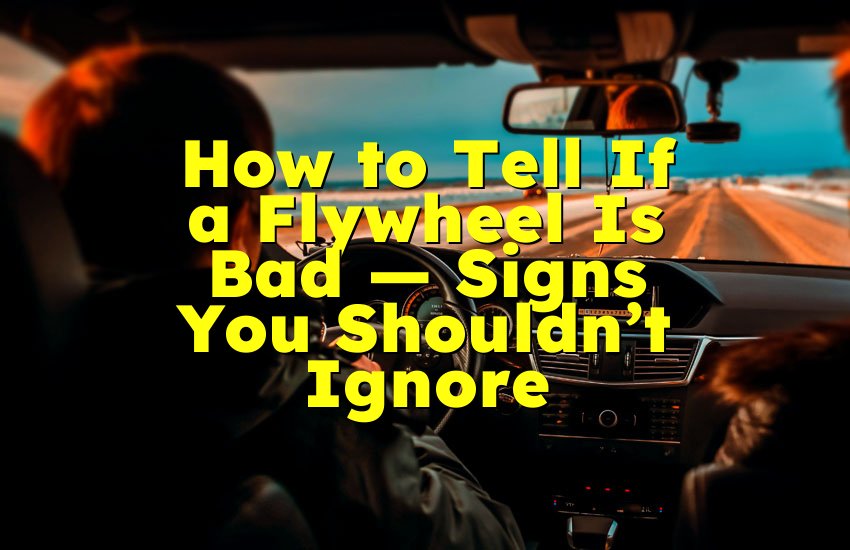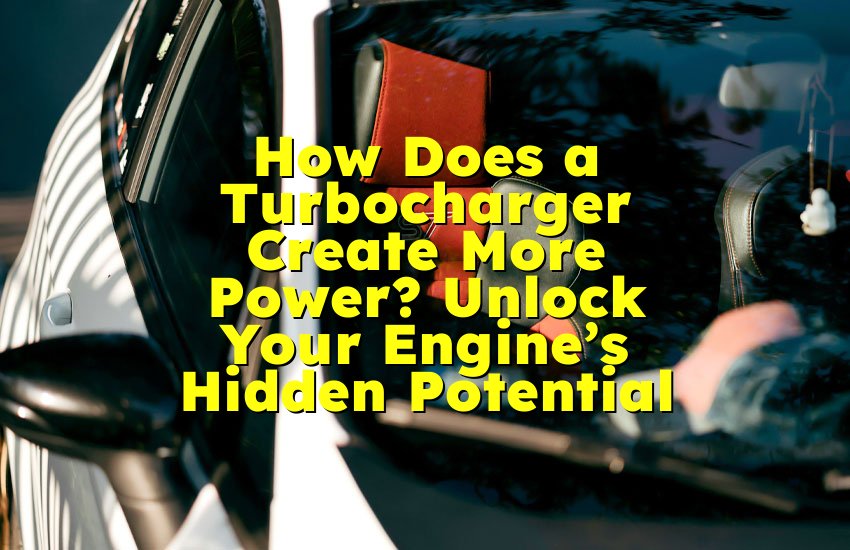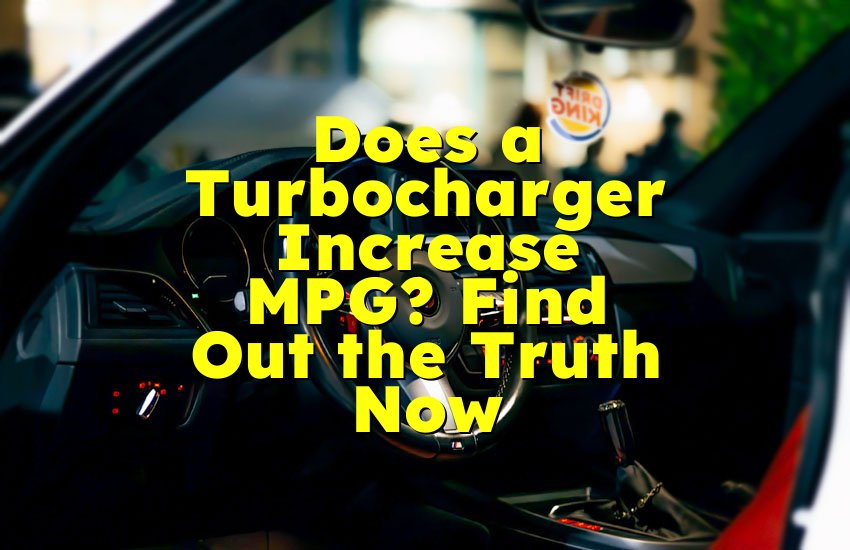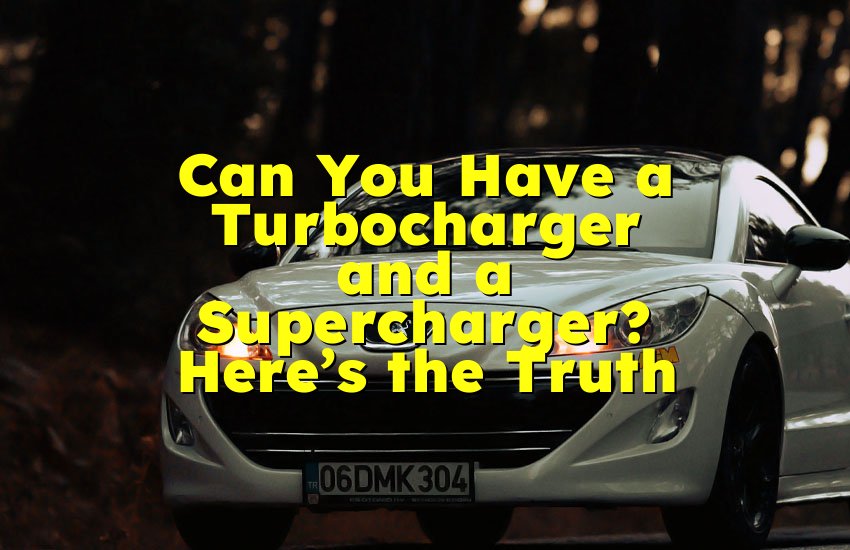As an Amazon Associate, I earn from qualifying purchases at no extra cost to you.
Single Click When Trying to Start Car: The Ultimate Fix Guide
You press the key. Nothing happens. One second, your car should roar to life, but all you hear is a tiny click. That small sound can make your heart race. Maybe you're late, maybe it's cold outside, maybe your coffee is spilling in your lap. Cars are supposed to start, right? But when they don't, panic sets in. Don't worry. That single click is not the end. It usually signals a simple issue you can solve. Let's break it down carefully, so next time, your car starts smoothly and your day stays on track.
Single Click When Trying to Start Car: The Ultimate Fix Guide
Check Your Battery and Connections
The most common reason for a single click is your battery. Your battery might be low or dead. Start by checking the battery terminals. Look for dirt, rust, or loose cables. Even a small loose connection can stop the car from starting.
Next, try turning on the headlights. If they are dim or flicker, it's a battery problem. Jump-starting the car may help. Always use proper safety steps when jump-starting. Connect the cables correctly: positive to positive, negative to negative.
Sometimes, the battery looks fine but still cannot deliver enough power. Older batteries often lose capacity gradually. If your battery is more than three years old, it may need replacement. Don't wait until a sudden cold morning to find out.
After checking the battery, also check the cable connections. Clean off any corrosion with a brush. Tighten the terminals so the battery can send power to the starter. A simple cleaning and tightening can save a lot of stress.
- Test battery voltage with a multimeter
- Inspect cables and terminals for rust or looseness
- Try jump-starting if battery is low
- Replace old batteries to prevent repeated clicks
Inspect the Starter Motor
The starter motor is another common culprit. When you turn the key, the starter motor should spin and start the engine. If it's failing, you may hear just a click.
Sometimes, the starter motor gets stuck or worn out. Tapping the starter gently with a tool can temporarily free it. But this is only a short-term fix. Eventually, you will need a proper replacement.
Check the wires connected to the starter. Loose or corroded wires can stop the motor from getting power. Make sure all connections are secure. Even a small loose wire can prevent the starter from turning.
If your car starts sometimes but not every time, it is a strong sign of starter issues. A mechanic can test the starter motor with proper equipment. Replacing the starter may seem expensive, but it avoids repeated frustration.
- Check if the starter motor clicks or spins
- Tap gently to see if it temporarily works
- Inspect and tighten all starter connections
- Consider replacement if the problem continues
Examine the Ignition Switch
The ignition switch is where you turn the key or push the button. A worn-out ignition switch can fail to send the start signal. This can cause the single click sound.
Older cars often have mechanical ignition switches. Over time, internal contacts wear out. You may notice the dashboard lights flicker when turning the key. This is a sign the switch is failing.
For push-button start cars, the problem can be the electrical signal inside the switch. Sometimes, a quick press or holding the button slightly longer helps. If it works inconsistently, a professional inspection is best.
Replacing an ignition switch is usually straightforward. It's cheaper than replacing the starter motor. Make sure to disconnect the battery before working on the ignition switch. Safety first.
- Watch for flickering dashboard lights
- Test if turning the key or button works sometimes
- Replace ignition switch if it fails intermittently
- Disconnect battery before handling switch
Look at the Neutral Safety Switch
If your car is automatic, the neutral safety switch could be the issue. This switch prevents starting unless the car is in Park or Neutral. A misaligned switch may make only a click sound.
Try moving the gear shift to Neutral and attempt to start. If it works, the neutral safety switch may need adjustment. This is common in older cars.
Check the connections to the switch. Loose wires can prevent the starter from engaging. Clean contacts and secure connections often solve the problem.
Professional help may be needed if the switch itself is damaged. Replacing it restores safety and proper starting function. Don't try bypassing it. Safety matters.
- Test starting in Park vs. Neutral
- Inspect switch connections
- Adjust or replace if necessary
- Never bypass the switch for safety reasons
Test the Battery Cables and Grounds
Even if the battery is fine, cables and ground connections matter. Poor grounding can prevent current from reaching the starter. This can make only a click sound.
Inspect the main ground wire from the battery to the chassis. Look for corrosion or breaks. Clean and tighten connections. A good ground ensures proper electricity flow.
Battery cables can also wear internally. Sometimes, the outside looks okay, but inside, the wire is broken. Replacing old cables is cheap and effective.
After cleaning and securing cables, try starting the car again. Many single-click issues are solved by this simple step. It's often overlooked but very effective.
- Check battery ground wire to chassis
- Clean and tighten all battery connections
- Replace worn or broken cables
- Retest starting after securing connections
Consider the Alternator
The alternator charges the battery while driving. If it fails, the battery may be weak, causing a click when starting. A dead alternator slowly drains the battery.
Signs include dim lights, slow electrical accessories, and frequent jump-starts. Testing with a multimeter while the car is running shows if the alternator works.
Replacing a bad alternator restores battery health. Without it, a new battery will also fail quickly. It's important to check alternator health when facing starting issues.
Even if the alternator is fine, wiring to the alternator can be loose or corroded. Inspect all connections carefully. Small details prevent major headaches later.
- Look for dim lights or slow accessories
- Test alternator voltage while running
- Replace failing alternator promptly
- Inspect alternator wiring for loose connections
Final Thoughts
A single click when starting your car is usually not a disaster. It points to battery, starter, ignition, or connection issues. Checking each part carefully prevents bigger problems. Most fixes are simple and cost-effective. Acting early keeps your car reliable and your mornings stress-free. Safety and patience are key.
| Area to Check | What to Do | Signs | Notes |
|---|---|---|---|
| Battery | Test voltage, clean terminals | Dim lights, weak click | Replace if old |
| Starter | Inspect, tap gently | Clicking sound | Replace if faulty |
| Ignition | Check switch, replace if worn | Flickering dashboard | Disconnect battery first |
| Neutral Safety | Shift to Neutral | Starts sometimes | Adjust or replace |
| Cables & Grounds | Clean, tighten | Click, no start | Replace if damaged |
| Alternator | Test voltage | Dim lights, battery drain | Replace if needed |
Do I Need a New Battery if I Hear a Click?
Hearing a click often points to the battery. However, it does not always mean a replacement. First, test the battery voltage. Low voltage can cause starter issues.
Sometimes, battery connections are loose or corroded. Tightening and cleaning terminals may solve the problem instantly. Check the ground wire too. A poor ground can mimic a dead battery.
Old batteries lose capacity gradually. Even if it seems okay, it may fail under load. Consider age and performance. A battery over three years may not hold enough power for reliable starting.
Jump-starting is a temporary fix. If it works, the battery is likely weak. Testing under load confirms if replacement is needed. Avoid repeated jump-starts to prevent damage.
- Test voltage with a multimeter
- Clean and tighten terminals
- Check battery age and performance
- Replace if battery fails under load
Can Cold Weather Cause a Single Click?
Yes, cold weather is a frequent culprit. Batteries lose capacity in cold conditions. Oil thickens, making the engine harder to turn. Both factors may cause only a click.
Cold can also affect battery terminals. Condensation or frost creates poor connections. Warm the car or clean terminals to improve contact. It often solves the problem quickly.
Thicker engine oil increases resistance for the starter. Using the correct oil for winter helps. Synthetic oils flow better in low temperatures and reduce starter strain.
Cold weather highlights weak batteries or starters. If issues only happen in winter, these components may need attention. Early replacement avoids freezing mornings with a car that won't start.
- Warm car or battery slightly
- Clean terminals
- Use appropriate winter oil
- Check starter and battery health
Do Loose Cables Cause a Clicking Sound?
Loose cables are a hidden but common reason. Even with a healthy battery, a weak connection prevents the starter from receiving power.
Inspect both battery terminals and starter connections. Look for corrosion or slight looseness. A quick tighten often restores normal starting.
Cables can wear internally. A visual check may not reveal internal breaks. Replacing old or frayed cables ensures reliable current flow.
Testing after tightening confirms success. Many drivers overlook cables, but they often solve single-click problems. Small maintenance prevents major headaches.
- Inspect and tighten battery and starter cables
- Look for internal wear or fraying
- Replace damaged cables
- Test car start after maintenance
Can a Failing Starter Cause Only a Click?
Yes, a failing starter is a classic cause of the click sound. It cannot turn the engine despite receiving power.
Sometimes, tapping the starter lightly frees it temporarily. However, this is not a long-term solution. Starter replacement is usually required.
Check the wiring to the starter. Loose or corroded wires can make the starter appear faulty. Securing connections ensures accurate testing.
A starter can fail suddenly or gradually. Intermittent starting issues often point to wear inside the starter motor. Replacing it avoids repeated frustration.
- Tap starter lightly to test
- Inspect and secure wiring
- Replace starter if issue continues
- Check for intermittent failures
Do I Need to Check the Neutral Safety Switch?
Yes, especially for automatic cars. The neutral safety switch prevents starting unless in Park or Neutral. Misalignment can cause only a click.
Try starting in Neutral instead of Park. If it works, the switch may need adjustment. Proper alignment restores normal operation.
Inspect switch wiring. Loose or corroded connections often mimic a starter problem. Cleaning and securing wires solves many issues.
Replacing a faulty switch is straightforward. Do not bypass it, as safety mechanisms are vital. Ensuring the switch works correctly prevents accidents.
- Test starting in Neutral
- Inspect switch wiring
- Adjust or replace if necessary
- Never bypass safety switch
Frequently Asked Questions (FAQs)
Is it normal to hear a click when battery is low?
Yes, it is common. A low battery may have enough power for a small click but not enough to spin the starter. Testing voltage helps identify the issue. Clean terminals and check connections before jumping to replacement.
Can I start a car by tapping the starter?
Temporarily, yes. Lightly tapping a stuck starter may free it. But it's not a long-term fix. Eventually, the starter will need replacement. Ensure connections are tight and safe.
Do I need a mechanic for a single click issue?
Not always. Many causes are simple to check, like battery terminals or ground wires. However, persistent clicks may require a mechanic to inspect the starter, alternator, or ignition system.
Is it dangerous to bypass the neutral safety switch?
Yes, it is unsafe. The neutral safety switch prevents accidental movement while starting. Bypassing it may cause injury or damage. Always repair or replace the switch instead.
Can cold weather permanently damage a starter?
Cold itself doesn't usually damage the starter. But combined with low battery and thick oil, it may strain the motor. Repeated attempts in extreme cold can shorten starter life.
Do old batteries fail suddenly or gradually?
Old batteries often fail gradually. They may hold enough power for lights but not the starter. Load testing reveals weak batteries before complete failure. Replacement prevents unexpected issues.
Can corroded terminals cause intermittent starting?
Absolutely. Corrosion increases resistance, leading to weak or inconsistent power to the starter. Cleaning terminals and tightening connections restores reliable starting.
Do I need to replace the alternator if car clicks sometimes?
Not always. Test battery and cables first. A failing alternator may drain the battery, causing clicks. Replacement is needed if the alternator cannot maintain proper charge.











